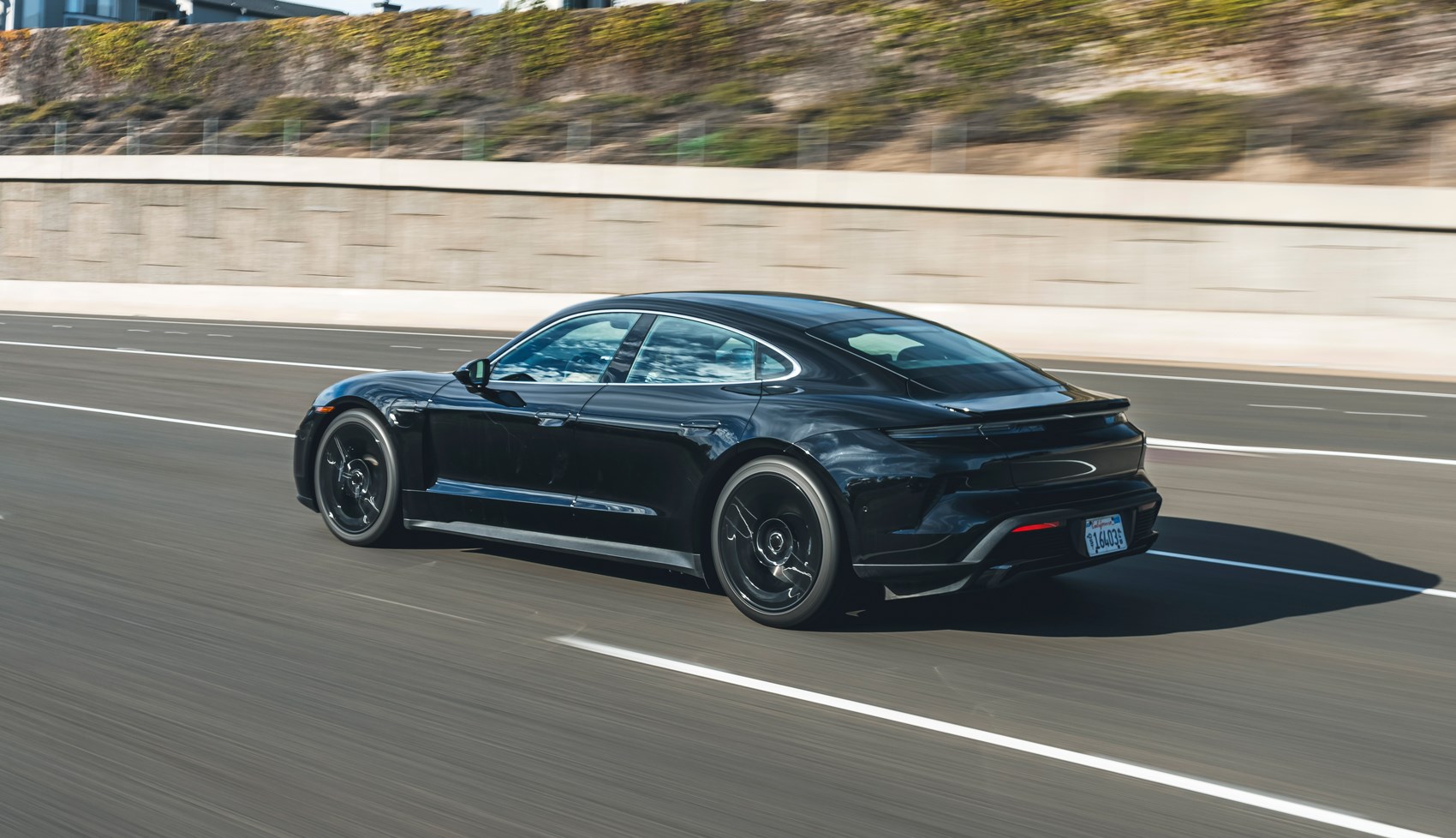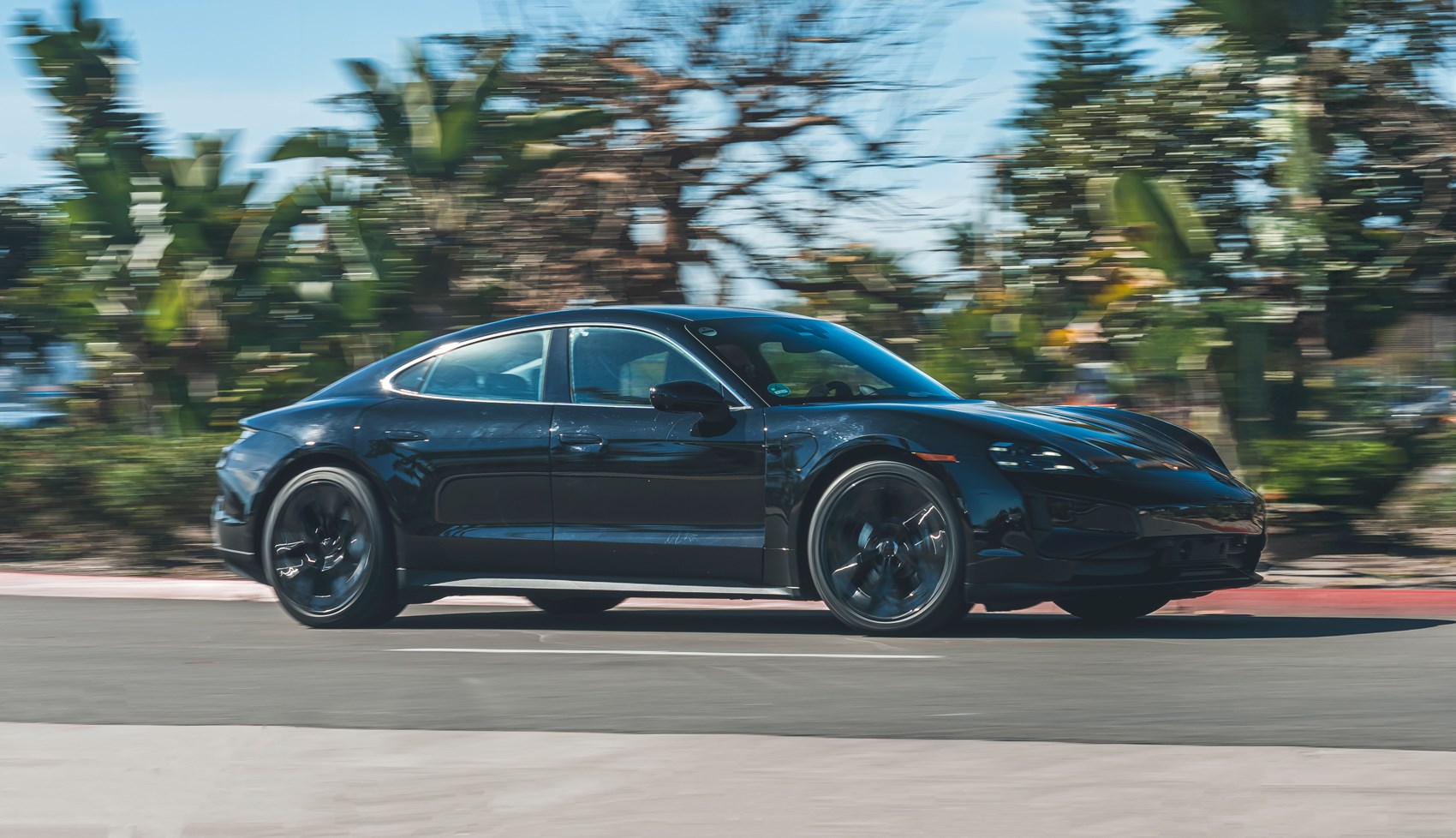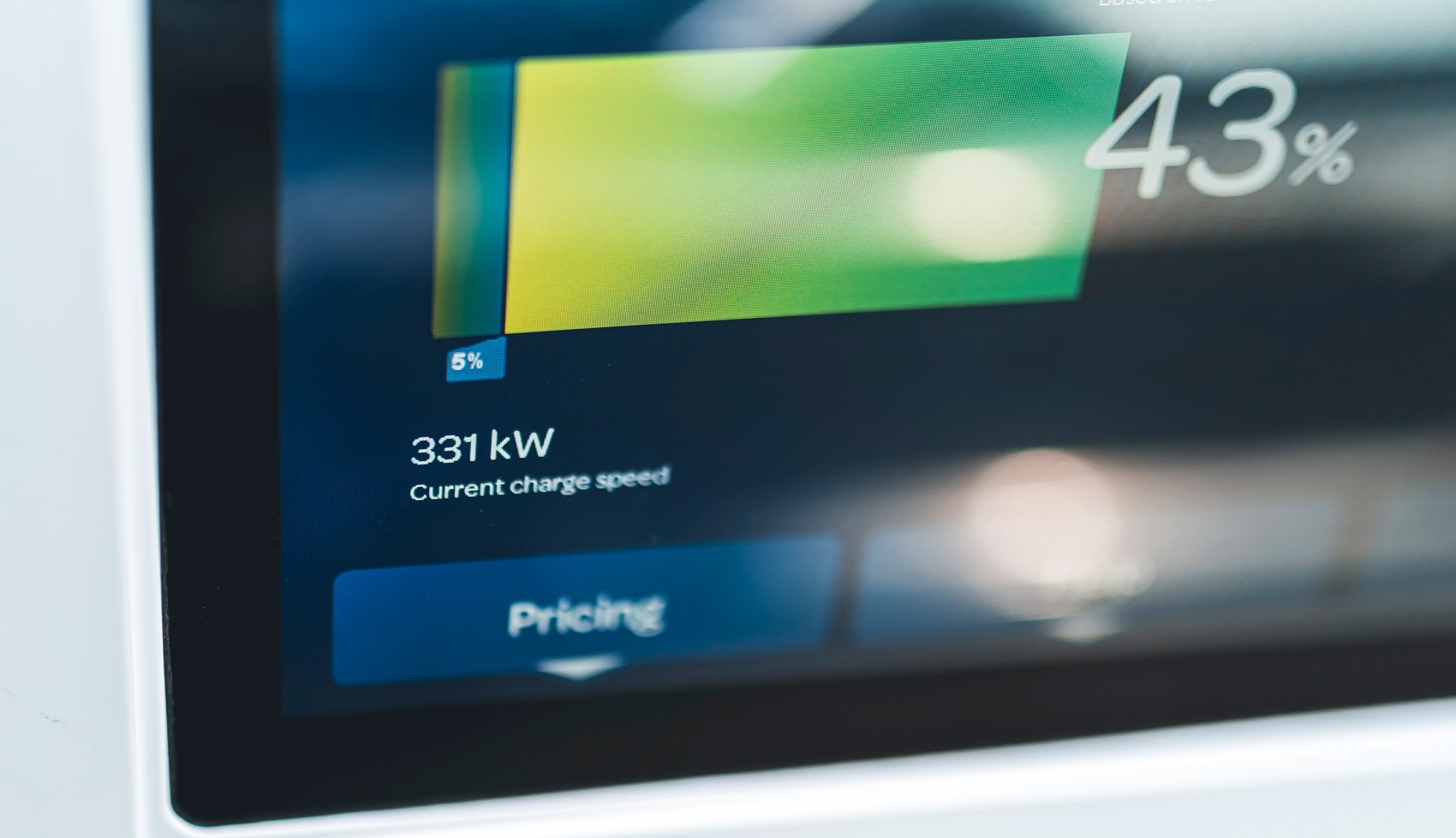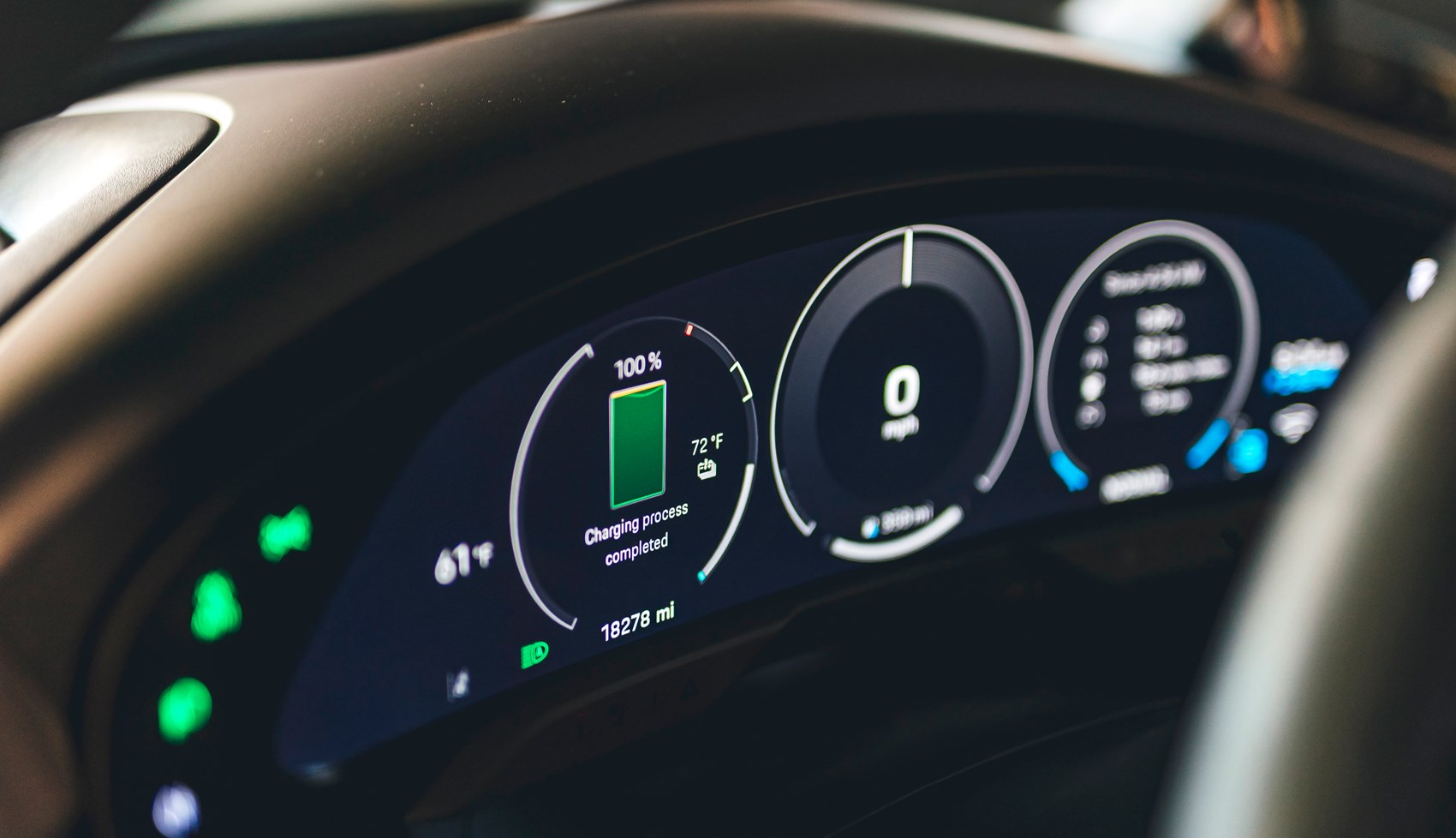► Porsche’s refreshed Taycan nears
► Faster charging, bigger range promised
► We clock longest range in a prototype
Four years and 150,000 cars in, the Porsche Taycan – by most metrics the best electric car (a lot of) money can buy – is getting an overhaul in 2024. Ahead of the car’s global reveal we drove pre-production prototypes in California, for a hands-on test of the uprated EV’s range and charging capabilities.
On the surface, not much has changed. Look hard and you can just about discern new headlights front and rear, together with what look like sharper, more aerodynamic front wings beneath the camouflage cladding. But Taycan 2 doesn’t appear to have torn up the playbook and started over.
It still looks like a longer four-door 911, it’ll continue to be available in three body styles – Taycan saloon, Cross Turismo and Sport Turismo – and the powertrain line-up isn’t set to change radically, running from the rear-drive, long-range Taycan through increasingly potent all-wheel-drive variants up to the range-topping Turbo S (that ’Ring-mashing ‘Turbo GT’ is on its way…).
But Porsche facelifts tend to be icebergs, with most of the R&D spend going into improvements beneath the surface. Great to drive and pretty complete though the current Taycan is, rivals have forged ahead on efficiency, range and power. Based on our drive all three have been boosted significantly on the new car, as you might expect given the relative immaturity of EV technology.
So… what has changed exactly on the 2024 Porsche Taycan?
Let’s start with performance, a Porsche staple. Few ever drove the Turbo S and thought it lacking, but my finely calibrated bum dyno is confident the new car is even quicker. The upgrade is thought to stop short of a twin-motor rear-axle set-up, as featured on some rivals, but the Turbo S combines increased urge with the Taycan’s automatic two-speed rear-axle transmission, for nose-bleed-inducing acceleration from rest and efficient running at highway speeds.

The new Turbo S never feels anything other than surreally rapid, even in this age of Model S Plaid Teslas. Summon the bravery to keep the pedal to the floor for any meaningful length of time and the world just kind of collapses in on itself, your view ahead shrinking to a tunnel of focus in which other traffic moves with a pathetic lethargy. It’s the kind of acceleration that removes any sense of ever having to wait. Away from every junction and stop light it’s the same story: no fuss, just the instant acquisition of extraordinary speed.
But how often does anyone unleash what feels like the best part of 1000bhp? Of more relevance will be the new car’s increased range and efficiency. And what better way to experience that than to jump into the line-up’s range champion, the single-motor, rear-drive Taycan. (It’s the second most popular model in the UK, behind the 4S, accounting for 25 per cent of UK sales.)
How does that improved efficiency work in real life?
From LA south toward Tijuana and the Mexican border stretches hours of what is surely some of the most scenic freeway on the planet. Snaking through hills and sashaying through steep-sided valleys, the sparkling Pacific almost always in view, it’s a drive with a view. Which is just as well, because at the wheel of the Taycan there’s not much else to do but sit back and relax. My speed is being fastidiously maintained by the adaptive cruise control and the charging planner has my next few hours all mapped out.

The numbers on the clear and comprehensive new driver’s display are impressive. Without really trying – we can’t resist the urge to cruise at speeds more UK motorway than US freeway, and to be the first away from every set of lights – we’re running at 3.6 miles per kWh and look set to cover 364 miles on a single charge. That’s in the Range driving mode mostly, on the 19-inch wheels, and on a temperate (16°C) dry day.
Yes, there are tougher places to test an EV’s range than California. With its balmy climate and (mostly) free-flowing highways, it’s a good place to get great figures. But more than 360 miles is impressive nonetheless and well ahead of the current car’s WLTP figure with the Performance Plus battery, suggesting the new Taycan will offer a bigger battery.
The 93.4kWh Performance Battery Plus (standard on the more expensive cars, optional elsewhere) is currently 83.7kWh net. The new car’s tested range would suggest that’s climbed to something approaching 100kWh usable, with a gross capacity north of that, obviously.
Range remains a key EV battleground, and a bigger battery will always net you more range – at the expense of weight and cost. Efficiency is the smart way to go further, and the Taycan looks to have improved in that area, too. The 4 Cross Turismo we drove (with its raised ride height and plastic cladding the least efficient of the three body styles) was running at 3.1 miles per kWh, better than that variant’s WLTP feature currently, for a range of around 318 miles.
Always an impressively free-flowing car in the lightest of its regenerative braking settings, the new Taycan feels able to maintain speed with the barest tickle of throttle – you can, you soon learn, almost always get off the power earlier than you think and just let the car coast, leaning on its grip and body control to get through curves without touching the brakes.
Will the new Taycan out-handle the current car? Time will tell – our drive was exclusively on freeways and gridded city streets – but we’d bet on the appearance of the Active Ride system Porsche debuted in the new Panamera. Reach to open the door and the new Taycan instantly lifts a couple of centimetres to make getting in easier, as the new Panamera does…
An electro-hydraulic system with fast-acting and powerful independent wheel control, Active Ride works hand-in-glove with air suspension and does away with the need for anti-roll bars or a 48-volt roll-control system, potentially giving the Taycan more of everything: more body control in the sportier drive modes, more luxury when you want it, and more efficiency, given it’d replace the current car’s 48-volt system and its associated power systems. Might Porsche’s new-generation two-valve dampers, as featured in the new Panamera and Macan, also make an appearance? It’d make sense.
What’s different about charging?

As a blazing California sunset fills the sky – and rush-hour traffic clogs LA’s streets – we finally need to charge, navigating to a bank of 350kW chargers in a shopping-mall car park. The current Taycan is no slouch given the right charging hardware, with a peak charging power of 270kW. But when we hook up the new car with a 12 per cent state of charge showing, the Taycan sends another set of big numbers our way.
Charging power is soon up to 321kW on the charger display, well in excess of the current car’s limits, and in six minutes we take on 30kWh, something like a third of the battery’s capacity, to bump our state of charge to 41 per cent. That’s 100 miles of range before we’ve had a chance to reply to a single email on our phone.

Two minutes later we’re up to 46kWh delivered and 55 per cent. Pumping in petrol or diesel is still a quicker way to acquire miles, sure, but you can’t wander off to buy sushi while you’re refuelling, and these kinds of charging speeds are closer to parity than might have been reasonably imagined even five years ago. Yes, 350kW chargers remain painfully thin on the ground. But the point is that the same software and hardware changes that allow for 350kW charging should make for faster charging across the board, in less ideal conditions. And rest assured your charging speeds will never be car-limited.
Faster charging, in combination with the new car’s increased range, promise a meaningful reduction in both overall journey times on longer drives and range anxiety the rest of the time. And with any luck the new Taycan will achieve both without compromising the dynamic flair fundamental to its appeal.